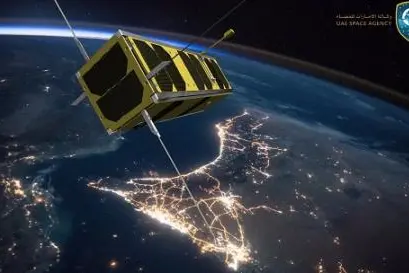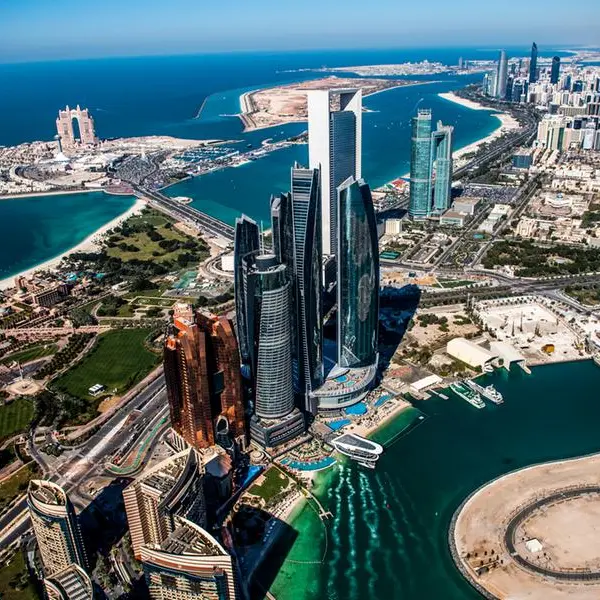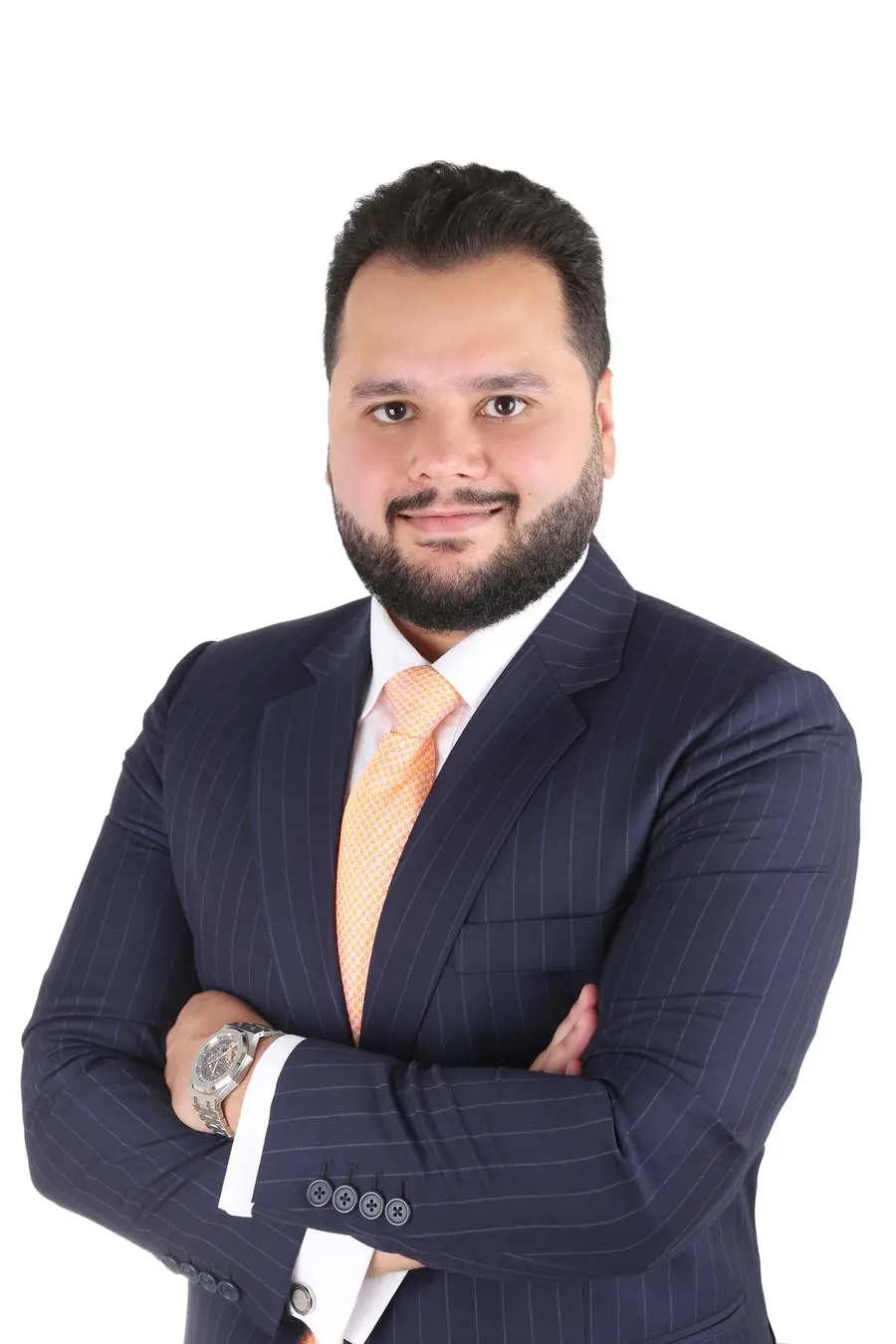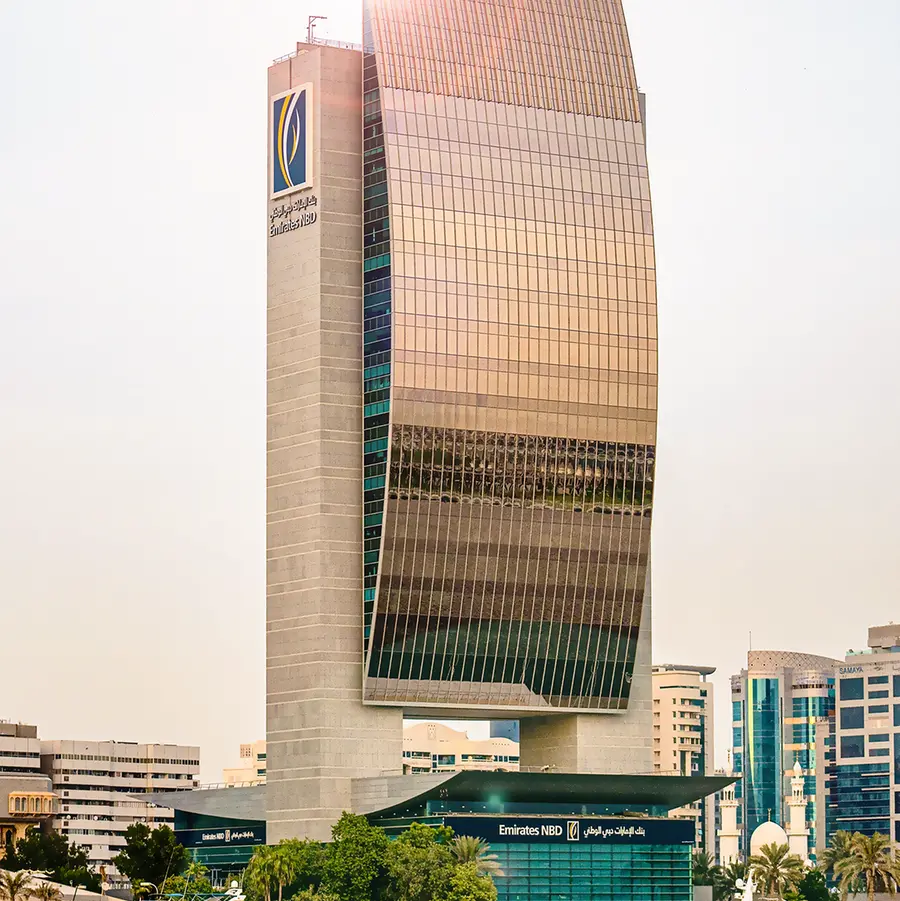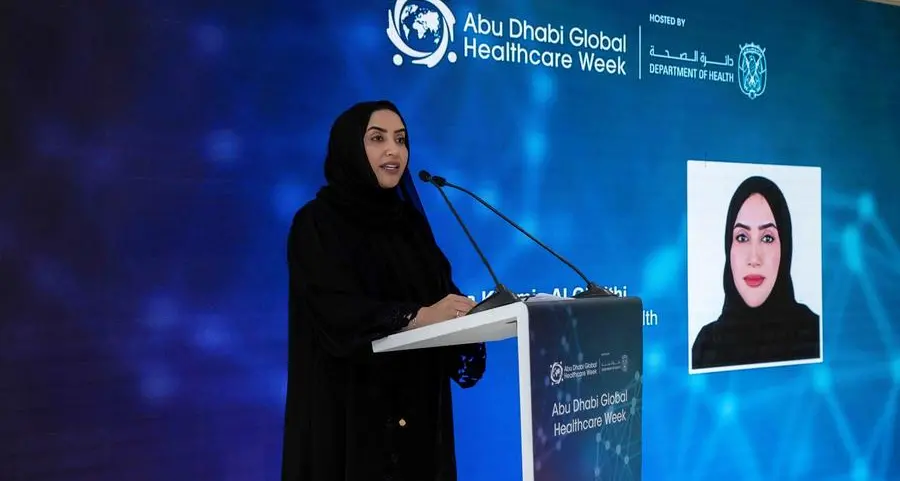PHOTO
Ras Al Khaimah, United Arab Emirates (AETOSWire) - A satellite that American University of Ras Al Khaimah (AURAK) students are helping to develop, build and test is planned for launch on a Soyuz-2 rocket from Russia in June 2020, said Dr. Abdul-Halim Jallad, Director and Assistant Professor, Center of Information, Communication and Networking Education and Innovation (ICONET).
The MeznSat Nano-satellite is designed to detect greenhouse gas concentrations from an orbit of 565 kilometers above the Earth.
The project has successfully passed the Critical Design Review stage with the satellite currently undergoing the final stages of construction in the purpose-built cleanroom at AURAK’s Space Lab before it moves on to the testing phase in March 2020.
The project is a collaboration between the UAE Space Agency, AURAK and Khalifa University of Science and Technology (KUST).
MeznSat will be the first student-built scientific satellite in the UAE. The project aims at providing the UAE space industry with qualified well-trained graduates through hands-on experience, while at the same time opening windows for advanced space-oriented research relevant to the UAE.
The project has seen undergraduate students design and construct the MeznSat which will be used to collect and analyze data on carbon dioxide and methane levels around the UAE. The project seeks to realize the Space Agency’s strategic goals of capacity development, promoting scientific research and coordinating national space sector activities.
Once in orbit, the team of students will then monitor, process and analyze the data from a ground station in the UAE. The processes and expertise involved in monitoring the atmosphere are similar to those employed during conventional Earth Observation programs. The project will support Emirati young people in developing the skillsets necessary for the UAE’s ambitious National Space Program and its future projects.
Using a visible camera as well as a shortwave infrared spectrometer, the satellite will measure the abundance and distribution of methane and carbon dioxide in the atmosphere. It will also provide valuable insight into the concentration of nutrients in the coastal waters of the Arabian Gulf, which will allow for more accurate predictions of algal blooms and supports the timely implementation of relevant precautionary measures.
-Ends-
*Source: AETOSWire
Contacts:
American University of Ras Al Khaimah
Maryam Albloushi
Department of Communications and Public Relations
Tel: +971 7 2468803
Email: maryam.albloushi@aurak.ac.ae
Disclaimer: The contents of this press release was provided from an external third party provider. This website is not responsible for, and does not control, such external content. This content is provided on an “as is” and “as available” basis and has not been edited in any way. Neither this website nor our affiliates guarantee the accuracy of or endorse the views or opinions expressed in this press release.
The press release is provided for informational purposes only. The content does not provide tax, legal or investment advice or opinion regarding the suitability, value or profitability of any particular security, portfolio or investment strategy. Neither this website nor our affiliates shall be liable for any errors or inaccuracies in the content, or for any actions taken by you in reliance thereon. You expressly agree that your use of the information within this article is at your sole risk.
To the fullest extent permitted by applicable law, this website, its parent company, its subsidiaries, its affiliates and the respective shareholders, directors, officers, employees, agents, advertisers, content providers and licensors will not be liable (jointly or severally) to you for any direct, indirect, consequential, special, incidental, punitive or exemplary damages, including without limitation, lost profits, lost savings and lost revenues, whether in negligence, tort, contract or any other theory of liability, even if the parties have been advised of the possibility or could have foreseen any such damages.
